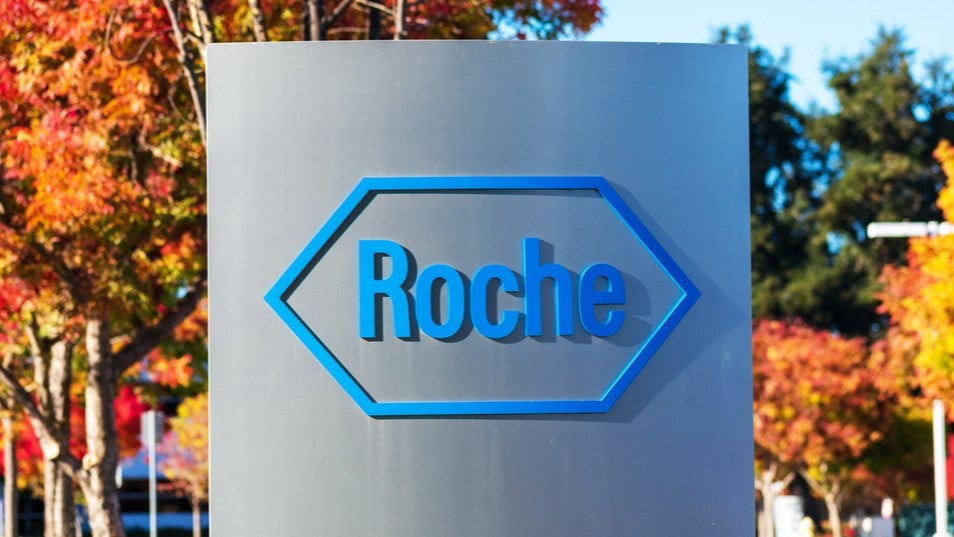
Therapy for end-stage renal disease (ESRD), through dialysis or transplantation, offers a ray of hope to sufferers of the disease around the world. But the number of patients treated for terminal kidney failure worldwide has continued to grow at a rate that is far in excess of the growth rate of the general population. The number of patients undergoing various types of dialysis across the world crossed the one million mark in 2001. Since then this number has been growing at an annual rate of 7%.
An exclusive report by GlobalData ‘The Global Peritoneal Dialysis Market to Reach $2.9 billion in 2015’ says an ageing global population, increasing life expectancy of treated patients and increasing access to dialysis procedures across the world have all contributed to multiplying the number of sufferers.
In 2006, more than 500,000 patients in the US, for example, were undergoing treatment for ESRD. Nearly 100,000 new patients were added to the pool in the same year. In total, the country spends over $30bn every year on treating ESRD.
This high prevalence of ESRD is expected to continue growing around the world in the years ahead. With the most common treatment options being haemodialysis (HD) and peritoneal dialysis (PD), the future will witness escalated growth for the use of both.
As ESRD is a result of diseases like diabetes, hypertension, glomerulonephritis, cystic kidney and urologic disease – and the incidence of these diseases is also increasing rapidly, especially in the developing nations – the increase in prevalence of these primary diseases will also contribute to the number of sufferers.
See Also:
Global awareness of PD
How well do you really know your competitors?
Access the most comprehensive Company Profiles on the market, powered by GlobalData. Save hours of research. Gain competitive edge.

Thank you!
Your download email will arrive shortly
Not ready to buy yet? Download a free sample
We are confident about the unique quality of our Company Profiles. However, we want you to make the most beneficial decision for your business, so we offer a free sample that you can download by submitting the below form
By GlobalDataPD is a renal replacement therapy that removes waste and fluids from the blood using the lining of the abdominal cavity as a filter. It is designed to be a continuous therapy, working all day every day, that patients can receive in the comfort of their home.
The global PD market was valued at $1.7bn in 2008 and the easy-to-use and self-administrable nature of the peritoneal dialysis technique will play a pivotal role in driving this market in the future. From 2008 to 2015 the PD market is expected to grow with a combined annual growth rate of 7% to reach $2.9bn in 2015. More than 15% of the world’s dialysis patients now use PD, which has increased from less than 2% in the early part of the decade.
The market is expected to continue to build on this early growth and it will be further fuelled by improvements in the technology and an ever-increasing awareness of the procedure.
There are now a rising number of nephrologists and nurses well versed in the advantages of PD. This awareness is expected to be translated into an increase in the procedural volumes of the technique over the next few years.
Among the major countries playing a key role in the global PD market, the US maintains a dominant position with a value of $355m in 2008. An increasing demand for home-centred care and the increased use of automated peritoneal dialysis (APD) – more than 58% of PD patients use APD in the US – was, and will be, responsible for the growth of the PD market in the country.
Brazil, Japan and China are the next leading countries in the global PD market. The development of PD in Brazil was mapped back to the early 1980s when continuous ambulatory peritoneal dialysis (CAPD) was introduced there. The primary reason for the penetration of CAPD in Brazil is because of the lack of access to HD.
While CAPD is still costlier than HD in Brazil, the availability of a large number of local manufacturers providing cheap and effective PD solutions and bags, coupled with better reimbursement rates for PD compared to HD has allowed the PD market to grow in Brazil. As of January 2006 there were approximately 70,872 patients on dialysis in Brazil, 6,566 of who were on CAPD or APD, representing a penetration of 9.3%.
The growth in Japan was primarily due to the efforts of Baxter Healthcare in the 1980s. The company successfully trained a large number of nephrologists and nurses in CAPD. The primary aim was to quash fears among nephrologists that PD inherently encourages the risk of peritonitis.
Market leaders still promote that there is scope for further awareness among nephrologists and the general public about the safety of PD. The Japanese Society for Peritoneal Dialysis, which was set up in 1995, has been instrumental in conducting awareness programmes and training symposiums. By the start of 2007, more than 260,000 patients were on dialysis therapy in Japan, and 9,243 of them (3.6%) were on PD.
The use of PD in European countries is low when compared to countries such as Brazil or China, attributed to the higher availability of haemodialysis centres in Europe.
The reimbursement rates for HD are also high in Europe, which allows a large percentage of nephrologists to continue to prescribe HD as the primary treatment for ESRD.
Over the past 30 years PD has become an established treatment and the procedure is now in use with over 11–15% of the total patients on dialysis worldwide. While lower cost and higher quality of life – as it is used in the home setting – have been key factors aiding growth in this market, there are other important factors that directly translate into procedure volumes.
Expanded use of PD in acute care
PD is now increasingly being used in the acute care setting. Although classically described and used in the treatment of patients with ESRD, it can also be used in the acute setting in different clinical situations. Recent studies have shown that in patients with acute renal failure it is possible to obtain reasonable dialysis doses with adequate metabolic and electrolytic control and low incidence of complications by using continuous PD.
Similarly, in patients with congestive heart failure and without ESRD, PD is found to be capable of promoting clinical improvement with a slow removal of liquids. Another important factor is that it does not need central venous catheter access, which often leads to bacterial endocarditis.
Over the past five years there has been extensive focus on increasing awareness of PD by groups of nephrologists that see its advantages. There are now new groups emerging in both developed and the developing nations whose aim is to increase awareness of PD among nephrologists in these countries.
Manufacturers are also conducting annual meetings and symposiums to create awareness of the advantages and the procedural intricacies among relevant healthcare staff.
Health in the home
The future of medical devices is heavily influenced by an increasing patient preference for home healthcare and dialysis is no exception. Unlike HD, which requires patients to make appointments and move out of the comfort of their homes to a dialysis centre, PD allows the patient to undergo dialysis while watching television or reading a book or while they are sleeping.
The factor hampering more widespread option is, however, risk of infection. Infectious complications include peritonitis, tunnel infection and exit site infection. There has, however, been increased research to address the problem of acquired infections through PD. Technology innovation over the past five years has witnessed the production of improved catheters and catheter use.
Research is now directed towards biofilms that could prevent the spread of infections through the catheter and the handling sites. However, the nephrologist’s perception of PD being a relatively infection-prone procedure will continue to play a restraining role for the growth of the market.
The report is available to purchase via GlobalData’s Report Store.




